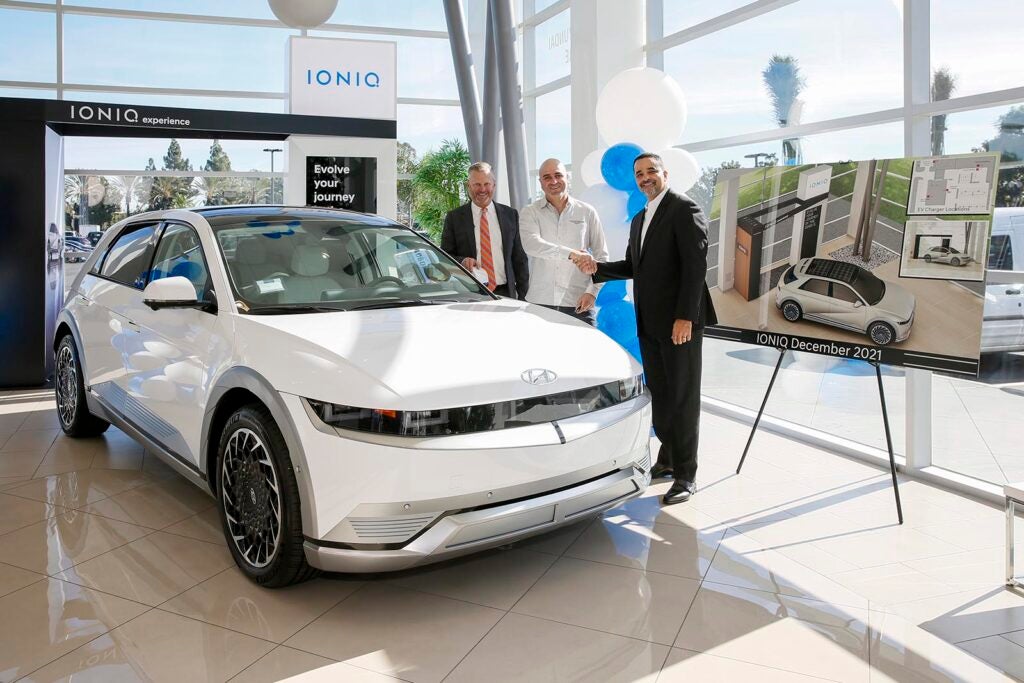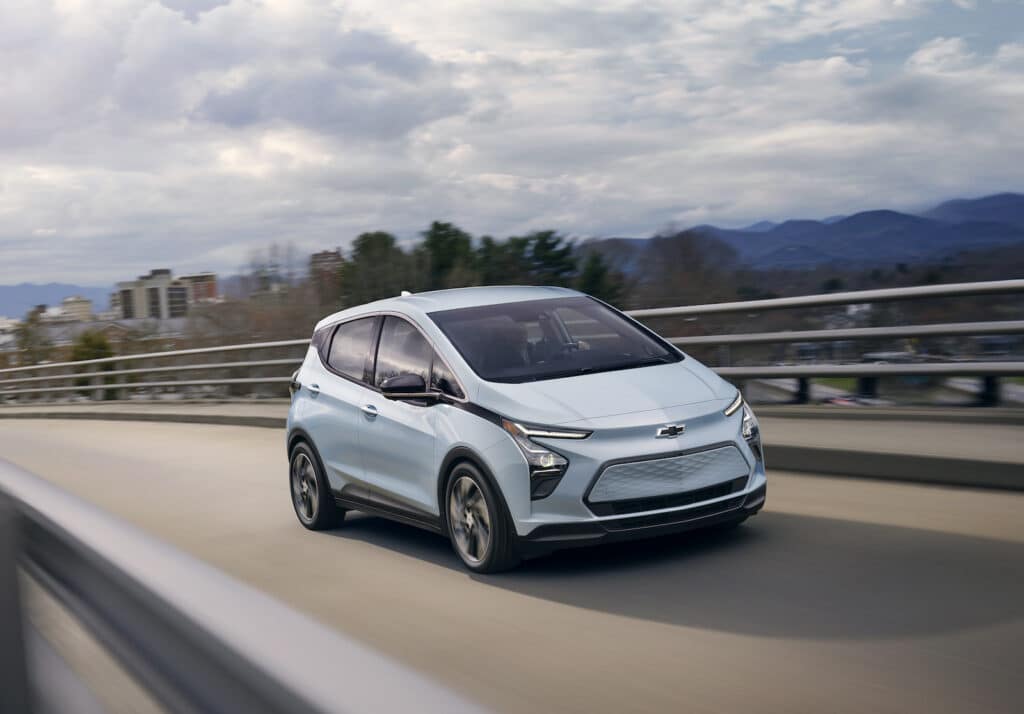It seems more and more Americans are getting comfortable with electric vehicles with a recent poll suggesting more than 40% are willing to mull the idea of buying one.

The new poll result from the Energy Policy Institute at the University of Chicago (EPIC) and the AP-NORC Center for Public Affairs Research, titled “Americans’ views on climate, energy policy and electric vehicles” suggests that Americans are warming to the idea of buying electric vehicles as they become more familiar with EV technology and the charging process.
Forty-one percent of Americans say they would be at least somewhat likely to purchase an electric vehicle the next time they are in the market for a new car. More than 6 in 10 cite saving money on gasoline and vehicle maintenance costs as reasons to purchase an EV, along with reducing their personal impact on climate change.
However, the higher cost of EVs, infrastructure readiness, and unfamiliarity with EV technology are still key barriers for a majority of Americans when it comes to purchasing an EV or plug-in hybrid.
That’s in line with a January report by Deloitte which found that when asked what type of powertrain they’re looking for in their next vehicle, 62% of U.S. consumers are looking to buy one with a traditional internal combustion engine (ICE). That’s down 7% from last year, which indicates that more consumers are considering electrified options.

Another 20% are looking to a hybrid-electric vehicle (HEV), 8% are considering a plug-in hybrid electric vehicle (PHEV), another 8% are considering battery-electric vehicles (BEV), while 3% are considering a vehicle powered by ethanol, compressed natural gas or a hydrogen fuel cell. Year-over-year, purchase intent of HEVs, PHEVs and BEVs is up 3%.
Price of gas versus price of an EV
Part of the distinction is generational, and attitudes are also affected by gas prices. Last summer, with fuel prices at an all-time high, a AAA survey found that 25% of Americans think they are more likely to choose a pure battery-electric vehicle for their next automobile, rather than one powered by an internal combustion engine or a gas-electric hybrid. The feeling is even stronger among millennials, with 30% saying they were likely to choose an EV for their next vehicle.

The generally higher price of EVs is also an issue for many buyers. Overall, today’s battery-electric vehicles tend to cost at least $5,000 more than comparable gas-powered models, and many add substantially higher premiums.
There are only a few EVs priced under $30,000 with a marketable range. One is the $26,500 Chevrolet Bolt EV, which travels 259 miles per charge, while the slightly larger Bolt EUV starts at $27,800. The 258-mile Hyundai Kona EV starts at $33,550. You can get into a Nissan Leaf for as little as $28,040, but that model will yield only 145 miles. To get it up to 215 means you’ll spend $36,040.
With a list price starting at $45,995, the 2023 Ford Mustang Mach-E is too pricey for many buyers. Most other economy brand EVs have prices in the $40,000 range, such as the Kia EV6, Hyundai Ioniq 5 and the Volkswagen ID.4.
General support for tax credits
When it comes to policies to support getting more EVs on the road, about half of Americans support financial incentives, while fewer support stricter fuel standards or requiring new cars sold in their state to be electric or hybrid, as is planned by California and 16 other states.

This is one area where the automakers are likely to be out ahead of the general public on energy policy. For example, GM and the Environmental Defense Fund are encouraging the EPA to establish standards to ensure at least 50% of new vehicles sold by 2030 are zero-emission EVs, while achieving at least a 60% reduction in greenhouse gas emissions in the same year, as well as dramatically reducing nitrogen oxides and particulates. These interim goals are consistent with eliminating all tailpipe pollution from new passenger vehicles by 2035.
Those goals would almost certainly require that the 50% of vehicles that would still use internal combustion engines in 2030 would be cleaner than they are today. The most likely scenario is that most such vehicles would be hybrid or plug-in hybrid.
“General Motors has the ultimate goal of eliminating tailpipe emissions from new light duty vehicles by 2035,” GM CEO Mary Barra stated recently. “As new standards are being developed, we are pleased to join the Environmental Defense Fund to provide recommendations that support accelerated adoption of electric vehicles to put us on the path toward that goal.”
According to the International Energy Agency, EV sales are on track to meet or exceed 10 percent of the global new vehicle market this year. Additional growth in the rate of EV adoption will need to take place through 2030 and 2035 to meet the goals being set by automakers and governments alike.
- SEO Powered Content & PR Distribution. Get Amplified Today.
- Platoblockchain. Web3 Metaverse Intelligence. Knowledge Amplified. Access Here.
- Source: https://www.thedetroitbureau.com/2023/04/more-americans-warming-to-idea-of-buying-an-ev/



